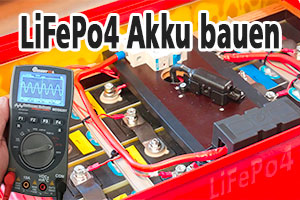It is the other way around.
The 50k are internal in the ATmega2560 chip and can be disabled.
The 10k are on the Arduino Mega 2560 board and can not be disabled. Perhaps you can try to scratch a pcb trace and work around that 10k.
The Arduino Mega 2560 is the only board with those 10k resistors on the board for I2C. Any other board would be no problem.
Connect 5V with 10k to 3.3V with 1k8. That makes 3.55V
I don't like that, often 3.6V is the limit for 3.3V chips, and this is very close.
Using a dirty trick with a resistor to GND to lower it might also cause trouble. The Arduino Mega board needs 3.5V to see a
I2C level as high.
With a level shifter, the Arduino has to pull both sides of the level shifter down. A level shifter has often 10k on both sides.
Total current:
5V with 10k and 10k : 1mA
3.3V with 1k8 and 10k : 2.16mA
Together it is above 3mA, which is specified as the maximum current by the official
I2C standard. But that 3mA is not very strict, it will work
 http://gammon.com.au/forum/?id=10896&reply=5#reply5
http://gammon.com.au/forum/?id=10896&reply=5#reply5
My conclusion : Use a level shifter or an other Arduino board.







 Zitieren
Zitieren

Lesezeichen